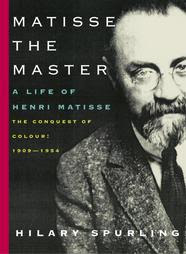 Photo Credit: Lorie KlahnFinger Crack,Leavenworth, Washington
Photo Credit: Lorie KlahnFinger Crack,Leavenworth, Washington
Commitment, in the world of mountain climbing...
Commitment, in the world of mountain climbing, is a word used to represent the point in a climbing route where turning back is a worse option than continuing. In other words, going back down the way you came up is either more dangerous, or more arduous than continuing to the summit and then down the originally planned way. The finding of oneself at the point of commitment in a difficult climb, and with just enough energy, food, and (worse yet) protection equipment to go on is a test of one's will that is truly challenging. Rubber meets road. Do or die. That kind of commitment.
Commitment: interaction characterized by obligation.
Parents know all about commitment, too. Getting up at night to feed the little squawker. Putting on those boy scout trousers and heading to the meeting. Commitment is defined as an interaction characterized by obligation.
What are an artist's obligations to himself? Does he have any obligations to society?

Rothko. Let's Talk Inimitable.
I suppose, in the light of this kind of story, one may ask the question: does society have any obligations to art?
But, enough about "society". This is supposed to be my goal setting task. Stay tuned for the next character trait that an artist wants: Courage.


































